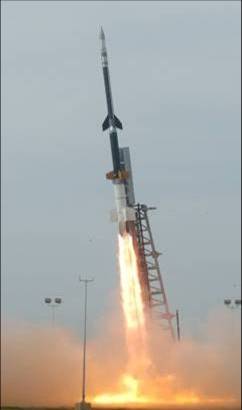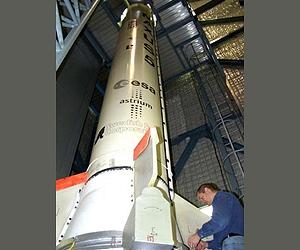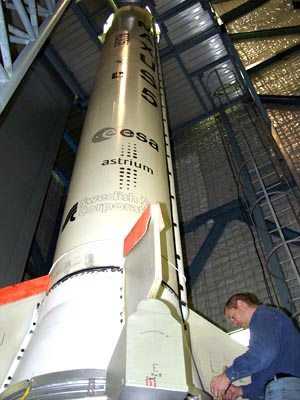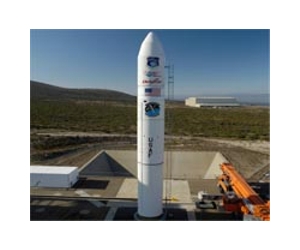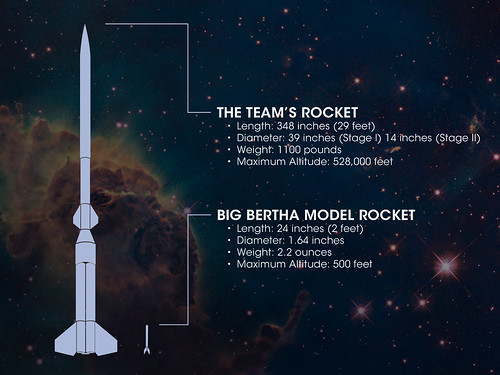E
EarthlingX
Guest
This is the kind of thing to drop here :
From Swedish Space Corporation site :
Wiki : Esrange, Kiruna, Sweden.
From Swedish Space Corporation site :
RExus 7 successfully launched
3/2/2010
Today at 08:25 local time the first student rocket planned for this week, REXUS 7, was successfully launched from SSC’s launch facility Esrange Space Center. The rocket carried three student experiments onboard. The rocket reached an altitude of 83 km and landed north of Esrange Space Center. The recovery operation has started and the payload will be brought back to the students by helicopter for further analysis.


Wiki : Esrange, Kiruna, Sweden.











